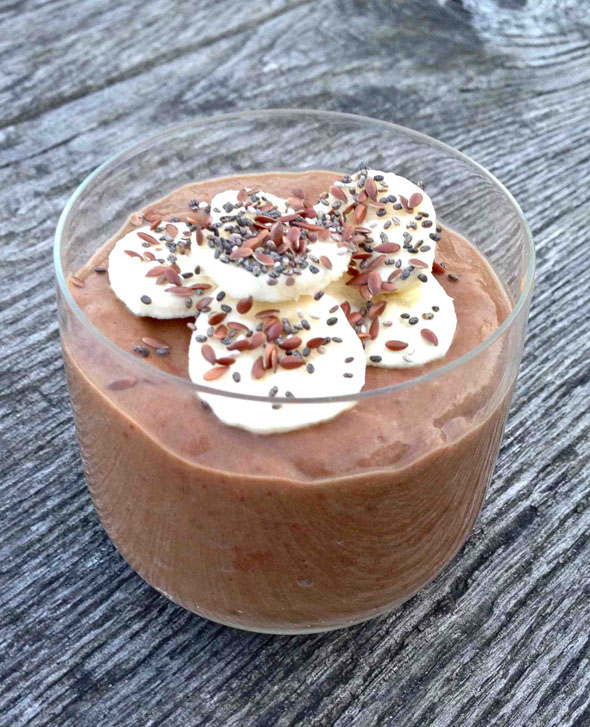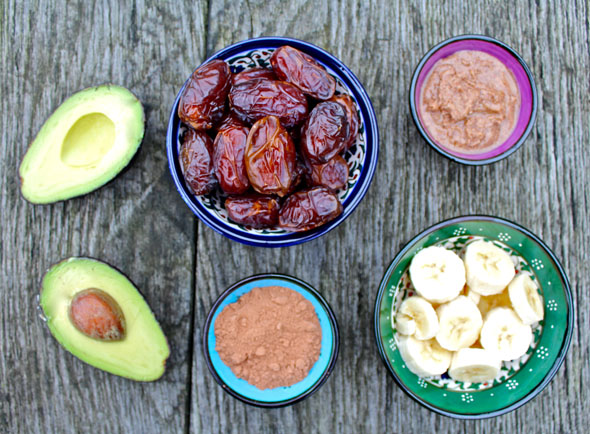
Parents who set limits are less likely to have kids who smoke, regardless of their ethnic and racial backgrounds, according to a new U.S. study.
Researchers surveyed middle schoolers from diverse backgrounds and found those whose parents had an “authoritative” and “structured” parenting style were also more likely to be discouraged from smoking by their parents and less likely to become smokers.
“Many past studies have examined broad parenting styles, however this study looked at how specific parenting strategies may help protect youth from cigarette smoking initiation,” said Cassandra Stanton, an assistant professor in the oncology department at Georgetown University, who led the study.
“We also note that unlike many studies in the area that are conducted in largely white middle class samples, this study was conducted in an urban multi-ethnic low-income school district,” Stanton told Reuters Health.
It’s important to identify ways of helping parents prevent kids from starting to smoke, Stanton’s team writes in the Journal of Pediatric Psychology, because the majority of lifetime smokers begin before the age of 18.
Although the number of teenage smokers has declined significantly, one in three young adults reports smoking at least once in the past 30 days, according to a 2012 report by the U.S. Surgeon General.
Past research has found links between low discipline, parental disengagement and increased risk of smoking, Stanton’s team notes. Rates of smoking vary among ethnic groups, with white students smoking daily at a rate twice that of African American and Latino students. However, African Americans and Latinos experience significantly higher rates of smoking-related health complications later in life compared with whites.
To delve deeper into which parenting strategies are effective among a diverse set of families, the researchers recruited 459 eighth graders from two low-income inner-city schools in the Northeast. The students averaged 13-years-old, with 29 percent identifying themselves as Hispanic, 34 percent as African American, 17 percent as non-Hispanic white and 20 percent as other/mixed ethnicity.
The students took a comprehensive survey in class with parental consent. The survey asked about the student’s smoking history and whether the student’s parents smoked. It also asked questions about parenting styles, such as discipline and warmth, and whether the student would receive punishments and discussion of the dangers of tobacco if caught smoking.
The researchers then followed up four years later to assess whether students had smoked.
Stanton’s group found that what they called controlling parenting, which was associated with rule enforcement, curfews and set bedtimes, was more likely than a less strict, more understanding parenting style to go hand in hand with so-called anti-tobacco parenting strategies.
Those anti-tobacco strategies include punishing a child if he or she has been caught smoking and discussing with the child the motivations behind smoking and why smoking is so dangerous. Being on the receiving end of such anti-tobacco strategies was in turn linked to a lower likelihood of lifetime smoking for the student.
The association held regardless of race or ethnicity, which the researchers say should be reassuring because other cultural differences don’t seem to alter the effectiveness of this approach.
It is important for parents to take an active role in protecting their children from developing an addiction to tobacco, Stanton said.
“Setting and enforcing clear standards of behavior and actively monitoring and supervising a teen’s activities are important strategies for protecting youth from risky behavior,” she said.
“To protect youth from experimenting with tobacco and ultimately developing an addiction to tobacco, it is important to talk about the risks of tobacco, as well as set and enforce clear rules and consequences that are specific to tobacco.”
Heather Patrick at the Health Behaviors Research Branch of the National Cancer Institute, who was not involved in this study, believes structure and authority in parenting is an important tool in preventing teens from smoking. However, she cautions, “heavy-handed” parenting can often cause stress and strain in the relationship.
Patrick said smoking cessation interventions should be tailored to different groups to be more effective. “It’s helpful for intervention materials to have images that show a diversity of racial and ethnic groups,” she wrote in an email.
It’s also helpful, she said, for anti-smoking messages to provide examples, “like how to deal with cravings, how to be smoke free when all of your friends are smoking, or how to deal with conflict at home, to connect with the kinds of experiences real teen smokers face.”
Source: US web daily











 Your brain ages with time, it is important to improve the functioning and health of the brain along with the nervous system. These top 12 foods can prevent brain deterioration, blood pressure, mental disorders like Alzheimer’s disease, and prevents nerve damage.
Your brain ages with time, it is important to improve the functioning and health of the brain along with the nervous system. These top 12 foods can prevent brain deterioration, blood pressure, mental disorders like Alzheimer’s disease, and prevents nerve damage.
